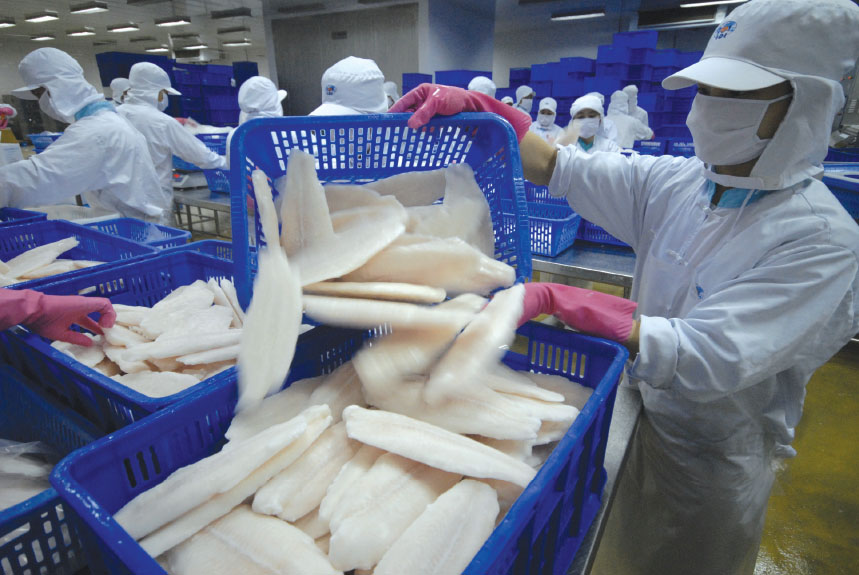HCMC – China’s recent ban on seafood imports from Japan has led to a significant drop in trade, creating a potential export opportunity for Vietnamese seafood suppliers, according to the Ministry of Industry and Trade.
Data from China’s Customs Department showed that China’s seafood imports from Japan totaled US$29 million in August, a staggering 63.1% decrease compared to the same period in 2022. The decline follows China’s decision to tighten restrictions on Japanese seafood after Japan began releasing treated wastewater from its Fukushima nuclear plant into the ocean.
China’s total seafood imports declined by 21% to US$1.4 billion in the month versus last August. However, its seafood imports for the first eight months of 2023 increased by 9.4% year-on-year to US$12.8 billion.
Vietnam, the seventh-largest seafood supplier to China, experienced a 35.5% decline in exports in August, amounting to US$69.02 million. The total exports in the first eight months of this year reached US$533.2 million, down a significant 51.7% over the same period in 2022.
The decline in seafood imports was not limited to Vietnam or Japan. Major suppliers such as Ecuador, Russia, India, the U.S., and Norway also reported decreases in August. Only Peru, Chile, and Argentina saw an increase in exports to China.
Le Hang, director of communications at the Vietnam Association of Seafood Exporters and Producers, said that despite the overall decline, there was positive growth in China’s imports of Vietnamese seafood in August and September. Key products like shrimp and pangasius fish are showing signs of recovery.
In 2022, China was Japan’s largest seafood export market, with key products including scallops, tuna, and sea urchins. The sharp decline in Japanese exports to China could present an opportunity for Vietnamese suppliers to fill the gap in the coming months.









